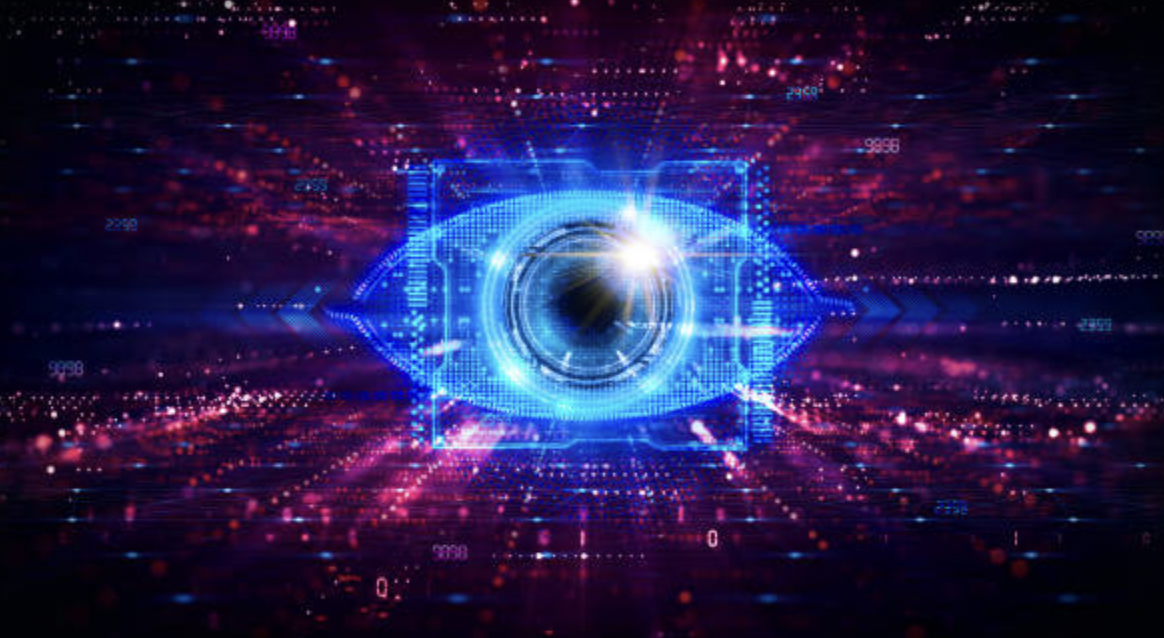Introduction
Computer Vision is a subfield of Artificial Intelligence. It involves assimilating visual data, analyzing and drawing meaningful conclusions from it.
CV works very much like human vision except that the latter has had much time to evolve. Our vision has learnt to tell objects apart, how far they are, whether they are moving and whether there is something wrong in an image. Intelligent machines however, need to perform these functions, in much less time with cameras, data and algorithms.
According to Allied Market Research, the global CV market size was valued at $9.45 billion in 2020, and is projected to reach $41.11 billion by 2030, registering a CAGR ( Compound Annual Growth Rate ) of 16.0% from 2020 to 2030.
How Computer Vision works ?
Computer Vision works using Convolutional Neural Networks ( CNNs ) for Deep Learning. To see images just like a human would, CNNs execute convolutions and examine the accuracy of the output in numerous iterations.
Computer Vision begins by identifying rudimentary shapes and hard edges. Once this is done, the model patches the gaps in the data and executes iterations of its output. This goes on until the output accurately predicts the object.
Real-life Examples of Computer Vision
Google Translate: Text that is pointed-to by a camera is converted to a language of the user’s choice using CV. This is particularly useful for tourists.
Google Lens: This CV system by Google can detect an object in front of the camera lens, understand it and offer actions such as scanning, translation and shopping
Facebook 3D Photo: This feature can convert a 2D image into 3D by using a dual camera smartphone. Users can rotate, tilt, or scroll to view these pictures from different perspectives.
YOLO: You Only Look Once is a computer vision application that can detect and recognize objects in real-time. During the COVID-19 Pandemic, it was used to enforce social distancing norms by calculating the distance between persons in real-time.
Faceapp: This popular image manipulation application modifies visual inputs of human faces to change gender, age, and other features. It learns from sample data fed to its neural networks from multiple smartphone users
SentioScope: This is an app that tracks soccer players while on field. Real-time visual inputs from live games are processed and insightful data is produced for viewers, coaches and training staff.
Applications of Computer Vision
Agriculture: There are many CV applications like detecting plant health, weeding, weather analysis, drone-based crop monitoring, automatic spraying of pesticides, yield tracking and smart crop sorting. Analyzing forestry data and field security can also be included in their purview
Autonomous Vehicles: These vehicles use CV to perform advanced processes such as detecting and classifying objects, path planning, driving scene perception, and behavior judgment.
Facial Recognition: This is an advanced application of CV, because facial features can be very complex to pick up in a public setting. Such a system can be used in detecting and preventing criminal activities.
Human pose tracking: This is useful in gaming, robotics, fitness apps, and physical therapy. It works by detecting the positions of skeletal joints on a 3D plane and recognizing the movements.
Medical Imaging: CV is used to deliver swift and accurate diagnoses in many medical imaging specialities like pathology, radiology, and ophthalmology etc.
Manufacturing: CV can be used for inspection systems, packaging, quality-monitoring, and product assembly. The automation eliminates human error and increasing efficiency
Education: CV can be used to monitor disengaged students in a classroom, so that more engaging corrective measures can be taken. Similarly test monitoring can be assisted to detect unfair means with CV
Transportation: CV systems can be used to detect speeding, wrong‐sided driving and traffic signal violations. It can also be used to intelligently monitor and direct traffic flow.
Afterword
Despite the recent progress, which has been impressive, we’re not close to exhausting all the potential applications and possibilities of computer vision. Very importantly, many healthcare institutions and enterprises have found ways to apply CV systems to real-world problems. And this trend is not likely to stop anytime soon.
Image Sourced from Freepik
